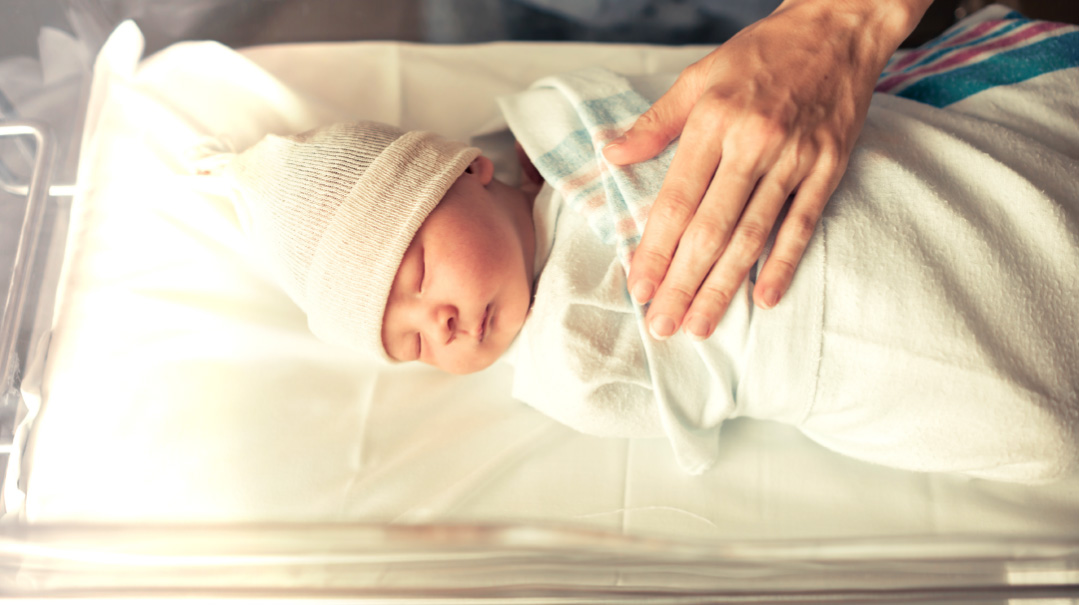Highly Sensitive
| March 26, 2024Was my body attacking my baby?

September 2010
“Squeeze your fist tightly,” the nurse said cheerily as she drew a few vials of blood. It was my first OB appointment ever, and we were thrilled, excited, a little nervous, all the good things.
Dr. Stein introduced herself to my husband and me, then gave us the usual rundown — no raw deli meat, no raw sushi, one cup of coffee, keep your tuna intake to a minimum, take your prenatals, see you in a month. Any questions? We didn’t — I had already bought the book and was reading ahead.
We walked out into the fall sunshine on a high.
October 2010
I sat on the edge of the exam table, the paper crinkling beneath me as I fidgeted. Dr Stein was sitting in her chair facing me, her voice calm.
“So everything is looking great,” she said to me, reviewing my sonogram. I held the edges of the black-and-white printout carefully and smiled back.
She glanced at my chart again. “By the way, the blood work we took last month showed that you have a negative blood type, the same as about 15 percent of the population.” She launched into a quick genetics lesson, but biology was my favorite subject in school, so I was interested.
“All babies have two Rh factor alleles — one from each of their parents. You’re negative, which means both your parents are negative, too. If your husband’s blood type is positive, there’s a 50-100 percent chance the baby’s blood will be positive, depending on if your husband has one positive allele or two, and because your body doesn't have Rh-positive blood, it will consider the baby’s Rh-positive blood to be a foreign substance. It sounds crazy, but it’s not that rare. When you’re 28 weeks you’ll need a shot called RhoGAM, which will cover you through the end of your pregnancy, and you’ll get another shot after delivery. RhoGAM will send an alert to your immune system to let it know not to create antibodies against your baby’s blood.”
Dr. Stein explained what a baby would go through during my future pregnancies if I didn’t get the shot. Basically, my body would treat a baby like a foreign substance that it had been vaccinated against, and my immune system would just do what it thought was best for me: attack the unfamiliar red bloods cells it encountered and break them down. Untreated, a baby could develop some severe complications that might not be compatible with life. She explained that before RhoGAM was invented in the 1960s, about 10,000 newborns a year died of Rh disease, and far more were born with debilitating brain damage. Obviously, we needed the RhoGAM.
I glanced at my husband to see if he was taking it in. He was never the science buff I was, but he was interested. Dr. Stein assured us that the bottom line was, modern medicine is a huge brachah, and this is not a big deal. Shot aside, it was shaping up to be a pretty straightforward pregnancy, baruch Hashem.
And it was. I went to the doctor for regular check-ins, I got the RhoGAM shot at 28 weeks; it wasn't mentioned again for the duration of my pregnancy. Five days after my due date, on a beautiful May Friday night, Dr. Stein handed me an adorable baby with a hearty mazel tov, and we were on cloud nine. Seventy-two hours later I got a second RhoGAM shot to boost the first one, to prevent antibodies from being developed after birth, and I took my little cutie home.
Oops! We could not locate your form.







